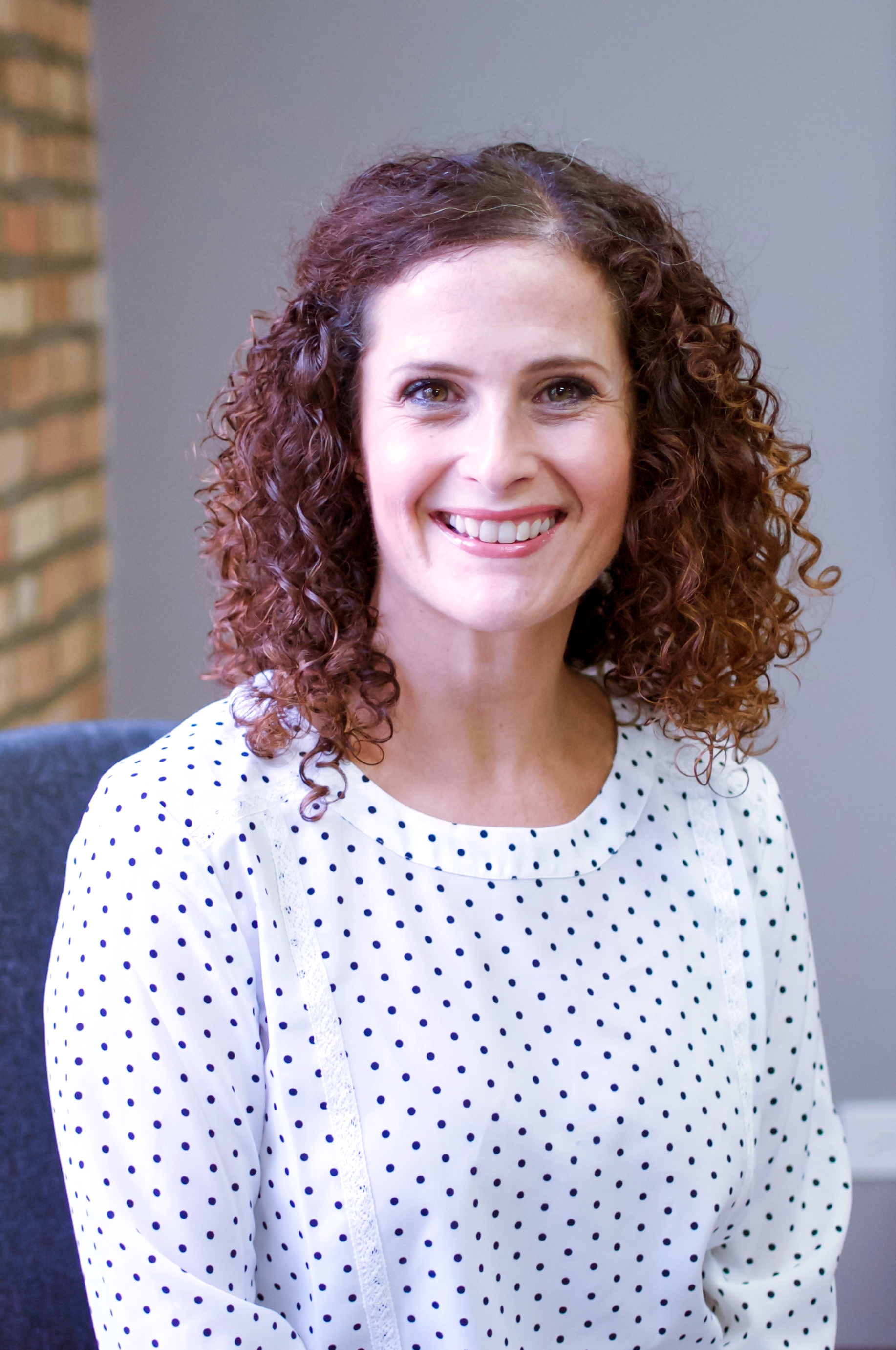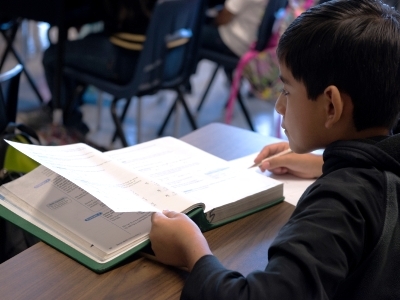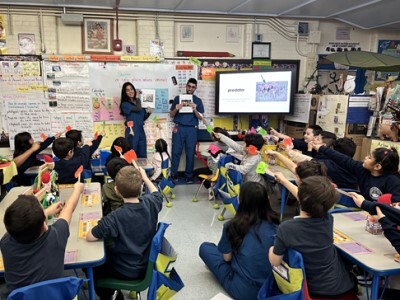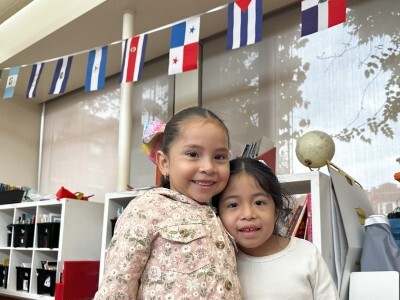2020 Vision: Addressing Educational Inequities
Topics

Together, educators are doing the reimagining and reinvention work necessary to make true educational equity possible. Student-centered learning advances equity when it values social and emotional growth alongside academic achievement, takes a cultural lens on strengths and competencies, and equips students with the power and skills to address injustice in their schools and communities.
Prioritizing diversity, equity, and inclusion in schools requires a daily commitment, discomfort, vulnerability, and compassion. Some entry points to DEI efforts are recommended.
The year 2020 has brought numerous issues to light, many of which are deeply polarizing. As our country grapples with systemic racism, wonders what the next four years may look like, and continues to battle a global pandemic, it is our teachers who have found themselves at the center of a tremendous challenge: How do we navigate and make sense of our current culture, and how do we possibly do that alongside our students?
This year, more than ever, teachers are engaging with the inequities upon which the educational system was built. Some educators have experienced or witnessed inequities in their own educational experience; for others, the pandemic has surfaced issues that they had never seen or acknowledged. It is clear that grave inequities in funding, technology, and general access all exist. As educators, we have a choice to make—to ignore these inequities, thus perpetuating a system that underserves those in historically marginalized societies, or to take action. I hope those reading this choose to take action. Even if you’re not sure how or where to begin, I’d encourage you to start somewhere—to just get started.
As an educator and lifelong learner, I am committed to this work. At the same time, as a White woman exploring issues of inequity, I live in a state of nagging self-doubt. Am I ready for honest, even unforgiving, self-reflection? While my commitment is unwavering, my feelings of readiness and confidence waver. Am I the “right” person to help to lead this work? This quote from Sonya Renee Taylor has helped me to navigate these feelings of doubt:
“Whiteness is not about you. Whiteness is the structure into which you were born…Stop experiencing the conversation and white supremacist delusion as who you are, and start experiencing it as something that you were assigned that is not serving you.”
There is no “right” person to engage in this work, because ending four hundred years of systemic racism is not the work of a few; it is the moral imperative of all.
Over the past few years, I have been on a journey of both self-discovery and awakening. I am not on this road alone; my colleagues and leaders at Distinctive Schools (DS) recognize that prioritizing diversity, equity, and inclusion (DEI) is not a chapter in a book that we will finish, or a box on our to do list that we can mark “complete.” This is daily, difficult work. We must continue to focus on and stay committed to it.
I feel very fortunate to be part of a team that prioritizes DEI. In partnership with external consultants and under the leadership of our team, we started by examining our own biases, the values we hold, and the ways in which bias influences our decisions both personally and professionally. As an organization, we have taken a step back to look at the systems and norms that perpetuate inequities for both students and employees, identified the attitudes and language that make our Black and Latinx colleagues feel “othered,” and have had to face the very real fact that the positive climate and culture we have worked so hard to create has some dark spaces that we must address.
The DEI Expanded Design Team, in which I am a member, is a group of school and network leaders who meet regularly to learn and lead this work. We are currently focused on two main areas to put our learning to action: 1) creating anti-racist schools; and 2) analyzing our communication norms and policies through the lens of white supremacy culture. Cassie Williams, a regional executive director for DS, has spearheaded many of our DEI initiatives. Cassie encourages the team to engage in dialogue about race and systemic racism, dialogue between colleagues that would not have been possible a few years ago. These conversations can be uncomfortable and emotional, especially for those who have never had the time or space to discuss these issues before. While our staff is encouraged to sit with this discomfort, these conversations have also created a space of vulnerability and compassion. Cassie shared, “What I find the most inspiring is that the team is not just participating. We are now leading to push the work even further. We are moving from being consumers of knowledge to taking action.”
Here are a few entry points that as an organization, Distinctive Schools has found success with:
- Open Dialogue – develop common definitions, discuss norms, set goals, and begin to do the research
- Bias Examination – take the implicit bias test, reflect, and discuss your bias examination
- Elevate Teacher Voice – establish internal committees to create a safe space to discuss, develop, learn, and grow. DS has a Culture and Retention Committee and a DEI Committee; both meet regularly to ensure initiatives are prioritized
- Invest in Strategic Partnerships – this work is challenging; outside perspectives can help your team to prioritize areas of growth and keep the work moving forward and in the right direction
- Review Recruitment – eliminate barriers to the application process, develop diverse hiring teams to garner different perspectives
- Make the Commitment – develop a plan for building awareness within your team; revisit your mission, vision, and values with an equity lens
While the Distinctive journey began by confronting how systemic racism shows up in our organization, we are now in a space where each of us must engage in ongoing and honest individual reflection. As an organization leading schools that serve primarily Black and Latinx students, we must acknowledge the fact that the color of our skin and the unnamed, yet inherent, privilege that comes with it (or doesn’t) impacts how we view and interact with our students and families. Ignoring this reality only serves to uphold a very broken system and that is a cycle we are committed to breaking.
Photo at top courtesy of Distinctive Schools.




